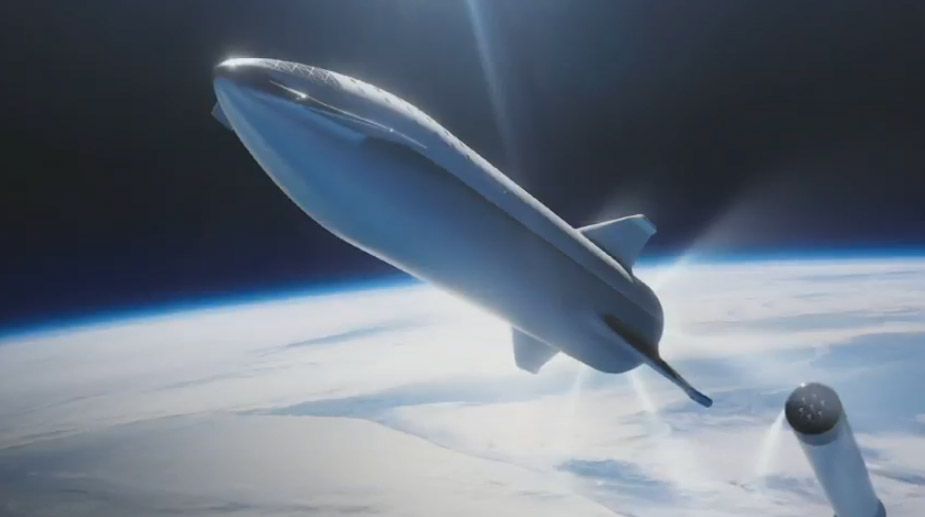
SpaceX is turning up the heat on its Starship spacecraft project, according to CEO Elon Musk. Literally.
In a series of posts on Twitter this week, Musk unveiled a tantalizing glimpse at a SpaceX test of the hexagonal heat shield tiles that will protect its Starship vehicle as it re-enters the Earth’s atmosphere. SpaceX is developing Starship and its Super Heavy booster for deep-space trips to the moon and Mars.
“Testing Starship heatshield hex tiles,” Musk wrote in a post Sunday (March 17). He also posted a short video of nine hex tiles being bombarded by flames.
In subsequent posts, Musk said the heat shield test was a success, with the tiles surviving a full-duration re-entry profile. At times, the hottest parts of the tiles withstood temperatures of 1,650 Kelvin, Musk said. That’s a whopping 2,510 degrees Fahrenheit (1,377 degrees Celsius)!
The hexagon is a great shape because it offers “no straight path for hot gas to accelerate through the gaps,” Musk added. If tests show any heat shield erosion for Starship, SpaceX plans to add additional cooling systems to protect the spacecraft.
“Transpiration cooling will be added wherever we see erosion of the shield,” Musk wrote. “Starship needs to be ready to fly again immediately after landing. Zero refurbishment.”
While the hex tiles will protect the Starship vehicle during re-entry, don’t expect the polygonal heat shield on the Super Heavy booster, Musk said. After all, he said, it’s made of stainless steel.
“Super Heavy booster is stainless steel,” he wrote. “Since it only goes to around Mach 8 or 9, moreover at high altitude, it needs no heat shield, not even paint.”
SpaceX’s Falcon rocket boosters, which the company is already reusing. The shield is made of aluminum-lithium and carbon fiber, Musk added. They have “low max temperature allowables.”
SpaceX is developing its Starship vehicle as a next-generation spacecraft for deep-space travel. The vehicle as designed will stand 387 feet (118 meters) tall when atop its Super Heavy booster and carry up to 100 passengers.
The Hawthorne, California-based company has already signed its first passenger for Starship — Japanese entrepreneur Yusaku Maezawa — who has booked a flight around the moon.
SpaceX has also built a Starship prototype for suborbital-hop tests at its newest launch site near Brownsville, Texas. The first Starship “hopper” tests could occur this week.
